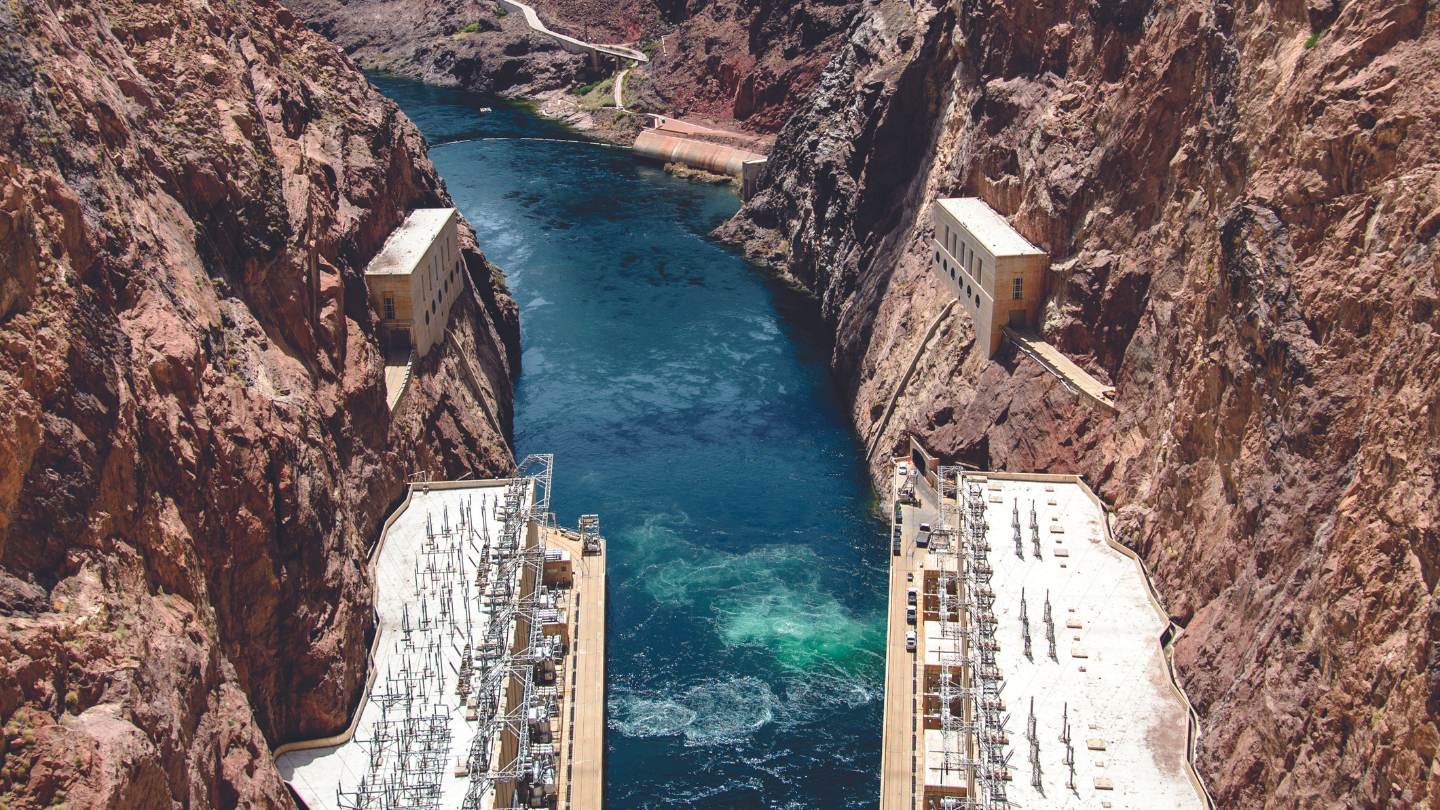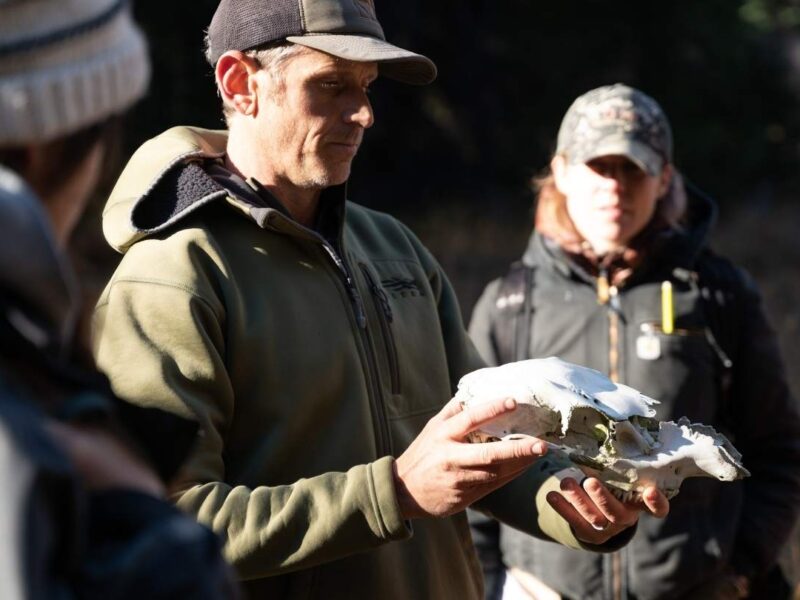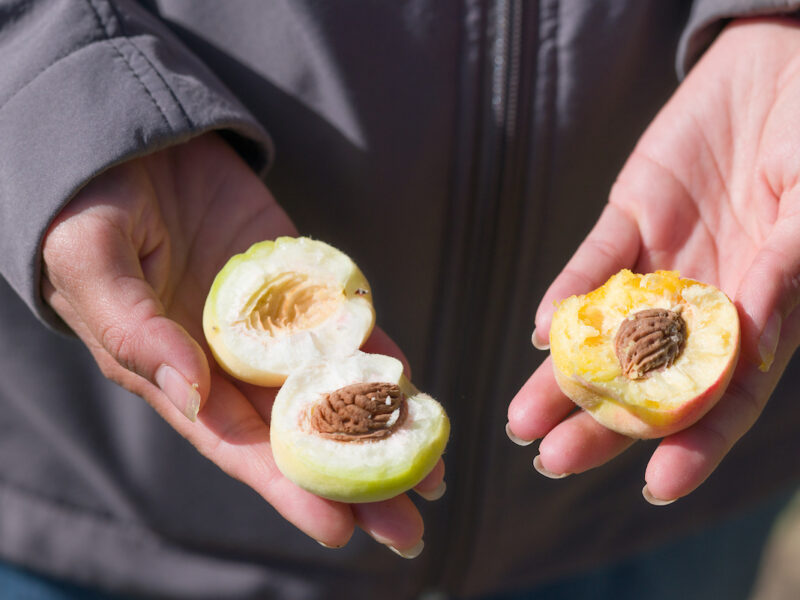State and Tribal negotiators are hashing out proposals for management of the Colorado River that will Kick in in 2026. Why should Western landowners care, and how can they participate?
As the Bureau of Reclamation works through the process of determining how operations on the Colorado River will look for the foreseeable future, the Upper Basin States and Lower Basin States have different visions. As has been widely reported, both sets of states have proposed alternatives that look different from the past: What hasn’t changed is that the positions of the Upper and Lower Basins look very different from each other. Western landowners should be asking, what are the pathways to resolving these differences, and what will the likely outcomes mean for landscapes, agriculture and rural communities?
To answer those questions, it’s important to have a basic understanding of what current guidelines require, and how they impact those things. Under the current guidelines, potential water use is based on a two-year forecast and reductions in water use are determined by water levels (elevations) in Lake Powell and Lake Mead. There is currently agreement among the Upper and Lower Basin States that moving forward, the Lower Basin will seek to reduce water usage by 1.5 million acre feet per year when storage levels are between 38% and 69% of capacity. This agreement is based on a compromise wherein the Lower Basin States agreed that at least 1.3 million acre feet are lost annually in the system below Hoover Dam due to evaporation and seepage.
However, beyond that, if (likely, when) there are additional reductions needed, the Lower Basin States are proposing all seven states share equally in additional reductions. This would mean, for example, potentially shutting off lower priority Colorado or Wyoming irrigation districts if drought conditions pushed storage levels down to where they were in the late summer of 2022. The Upper Basin States take the position that should not be the case—rather the Lower Basin States should shoulder further cuts for a couple of reasons. First, the Upper Basin States don’t have access to the storage capacity that the Lower Basin States do, and second, the Upper Basin States have never used their entire original 7.5 million annual acre feet allocation, and so have been contributing surplus into Lower Basin storage for decades.
These proposals are being evaluated and discussed within the framework of the alternative development stage of the National Environmental Policy Act (NEPA) process. This process, required by federal law for changes to operations of Bureau of Reclamation property, including most of the major dams in the Colorado River Basin, is scheduled to produce a draft Environmental Impact Statement (EIS) that will show at minimum three “proposed alternatives” for management of the Colorado River after the year 2026. The multiyear NEPA process began in June 2022, with the “Scoping” phase (information-gathering for alternative development) coming to an end in August of 2023.
The proposed release date of the Draft EIS is December 2024. When the Draft EIS is published, there will be a public comment period which lasts a minimum of 45 days. Following the public comment period, the agency is then required to review and consider substantive comments. The NEPA process allows the Bureau of Reclamation, after the comment period is over, to either conduct further analysis or move to writing the final EIS. Once the final EIS is written, there is a minimum 30-day waiting period before the Record of Decision (ROD) is issued. The ROD is what the agency, Bureau of Reclamation in this case, will act on.
When the comment period opens, it is imperative that water users in the Colorado River Basin get their comments in to the Bureau. That includes comments from individual users and from entities that represent them. The key to quality comments is the word substantive. The process is not designed to be a numbers game: The Bureau of Reclamation will give more weight to comments from experts, directly impacted stakeholders and those who present data or facts that impact the decision.
I cannot overstate the importance of Western landowner participation here. The need to conserve water is evident as the drought over the last 20 years or so has put stress on the system for all users in the Colorado River Basin. The question being considered is how that is going to happen. The answer the BoR ultimately selects will affect roughly 40 million people within the Colorado River Basin who have diverse interests and needs for the water that comes through the system. Western landowners stand to have a large influence on the BoR’s decision. Western Landowners Alliance will be engaged throughout the process, and I invite you to contact me should you have questions or comments to share. I also urge you to exercise your right to make your voice heard by supplying the decision-makers with your thoughtful comments.
Sorry, the comment form is closed at this time.






Carmen Oakes
Thank you. The article was very informative.